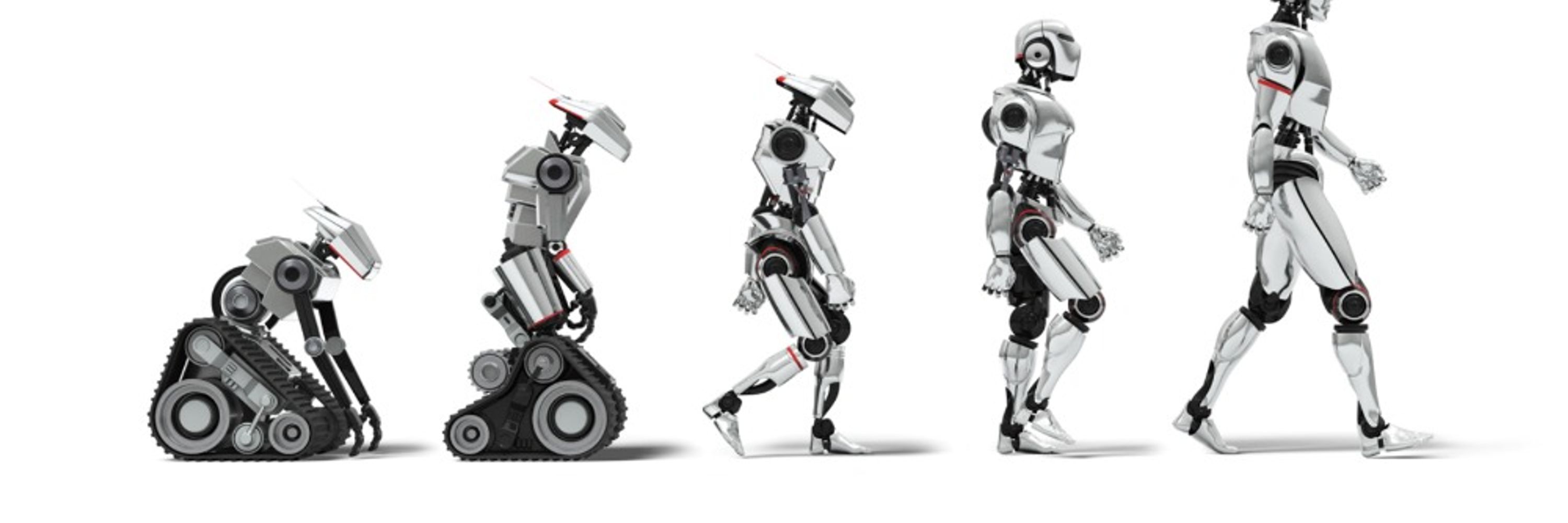
We use Gaussian Splats for safe robot navigation: Splats model the scene, and their Gaussians act as repulsive barriers via control barrier functions to prevent collisions given requested inputs from the human teleoperator.
We use Gaussian Splats for safe robot navigation: Splats model the scene, and their Gaussians act as repulsive barriers via control barrier functions to prevent collisions given requested inputs from the human teleoperator.
@peasant98.bsky.social
@peasant98.bsky.social
jparse-manip.github.io
#AcademicSky #EDUSky #Robots
youtu.be/ZMrNGQht9eg?...

jparse-manip.github.io
#AcademicSky #EDUSky #Robots
youtu.be/ZMrNGQht9eg?...
\documentclass{article}
\usepackage[utf8]{inputenc}
\begin{document}
This is a citation \cite{example}.
\bibliographystyle{apa} % Switch this to "vancouver" or another style
\bibliography{ref}
\end{document}
\documentclass{article}
\usepackage[utf8]{inputenc}
\begin{document}
This is a citation \cite{example}.
\bibliographystyle{apa} % Switch this to "vancouver" or another style
\bibliography{ref}
\end{document}


